Third valve
-
Why do low D and DB seem to require extension of the third valve slide to be in tune while other notes requiring the third valve do not? Could a trumpet be made so that the third valve slide is unnecessary?
-
To your second question, Committees don't require the third valve slide. Also, on fast moving notes on standard horns, I just lip the D and Db down, while on more drawn out notes, I might use the slide.
-
@Curlydoc said in Third valve:
Why do low D and DB seem to require extension of the third valve slide to be in tune while other notes requiring the third valve do not? Could a trumpet be made so that the third valve slide is unnecessary?
It has to do with the combined length of the 1st & 3rd valves. Trumpet design is always a compromise. If it were not, our trumpets would have 12 valves instead of 3. The slide allows for adjustments to tuning on certain pitches.
-
A lot of older trumpets have a slightly longer 3rd valve slide, and you are expected to lip the notes using it into tune the rest of the way.
-
@Curlydoc
https://trumpetboards.com/topic/747/jerome-wiss-6-20-trumpetThe Wiss line claims to have obviated the need for tuning slides.
-
@grune said in Third valve:
@Curlydoc
https://trumpetboards.com/topic/747/jerome-wiss-6-20-trumpetThe Wiss line claims to have obviated the need for tuning slides.
Looks like a modern version of a compensating instrument.
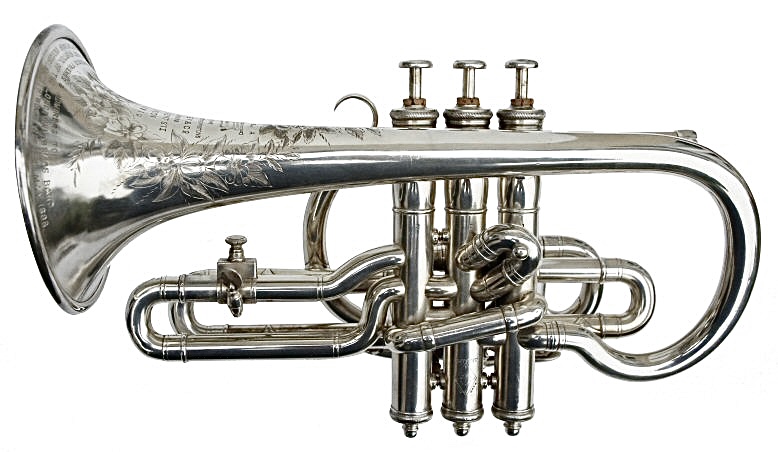
-
https://horn-u-copia.net/library.shtml
Boosey and Hawkes Compensating System gives an excellent description of the theory of why 3 valve instruments need extended slides.
I can attest the Wiss is the most in tune trumpet I have, I have not had a chance to play it in a group as our Orchestra and Band have been shut down since mid March.
Regards, Stuart.
-
The Wiss may look like a compensating instrument but it is far from one, the Wiss valve has only 2 internal passages, one strait through and the other a loop, with the valve up the wave goes through the loop one way, down goes through the loop in the opposite direction.
The interconnecting tubes between the valves are outside the block
Regards, Stuart.
-
@Curlydoc said in Third valve:
Could a trumpet be made so that the third valve slide is unnecessary?
Agreed. Committees do not require the third valve slide ring. I took mine off within months of playing it. If you look closely at many pictures of Miles and Criss Botti., no third valve rings.
-
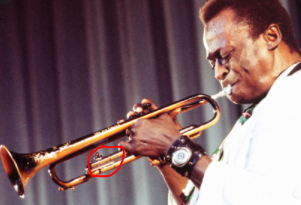
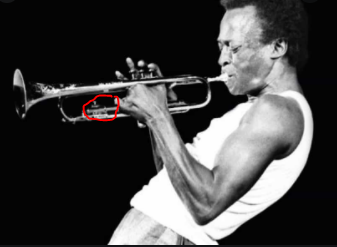
Here Miles actually has it reversed:
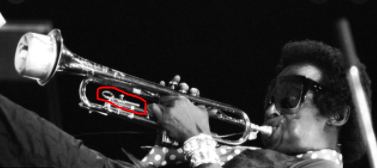
-
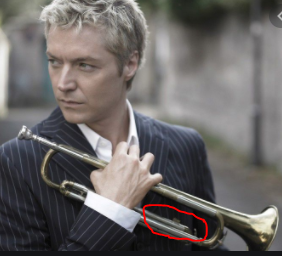
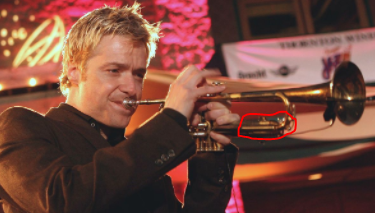
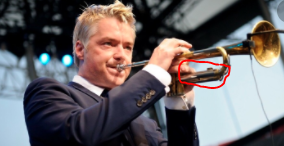
-
Even Lee Morgan knew the third valve ring was not needed:
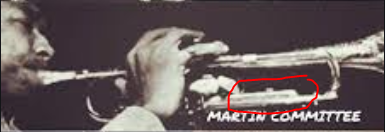
Yet Lee did need it for his Ambassador... YES HIS AMBASSADOR, the horn he used in recording the Cornbread album:
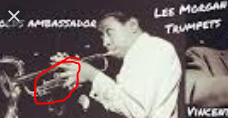
-
@Dr-GO said in Third valve:
Even Lee Morgan knew the third valve ring was not needed:

Yet Lee did need it for his Ambassador... YES HIS AMBASSADOR, the horn he used in recording the Cornbread album:

If you look closely on the Committee pic, you'll find that the sliedeable ring has been removed, yes; but the player certainly has his finger in something that looks suspiciously like a ring. Possibly he did away with the slide ring (they are a pain in the... ahem... neck anyway, always coming loose) and had a fixed ring put on. That's what I've done on a couple of horns.
-
I don't think Chris Botti needs the slide. He doesn't actually play with anybody else, does he?
-
@administrator said in Third valve:
I don't think Chris Botti needs the slide. He doesn't actually play with anybody else, does he?
He plays with EVERYBODY. I am always impressed with the guest artists he associates with. One of my favorite song collaborations is Tango Suite with Chris and Herbie Hancock.
-
The Committee DOES NOT NEED an adjustable third-valve slide.
Tasty, Dr GO.
-
The reason for kicker slides:
The basic trumpet is built to play in tune when using no valves. Lowering the pitch a half step is based on a percentage of the overall length. So when you use your second valve it is built at the correct percentage. When you play with just the first valve down it is a correct percentage. When you push down the first and the second valve, the valves are built on a percentage of the overall length of the open instrument. But now with two valves down the overall length is a little shorter than the correct percentage. With 2 & 3 it is a little more too short. When you get to 1 & 3 and 1,2, and 3 it is noticeably too short.
This is a simplistic explanation. There are other variables that have an effect. Like what partial are you in, what part of the chord are you playing, etc.
-
The physics and whether or not you personally need it or not aside, it is interesting that both Maynard and Al Hirt lip the notes rather than using the slide.
-
@Kehaulani Why?
-
Why, what?